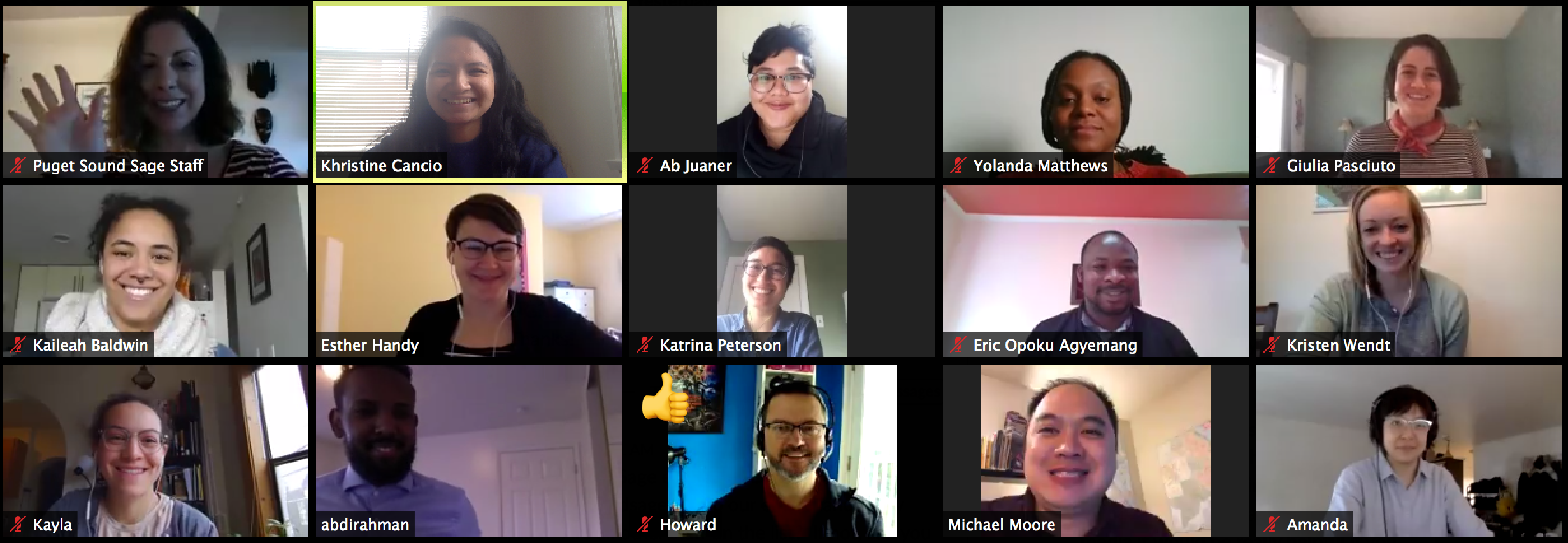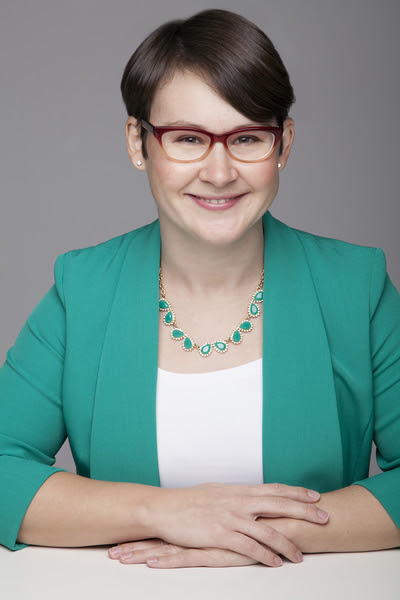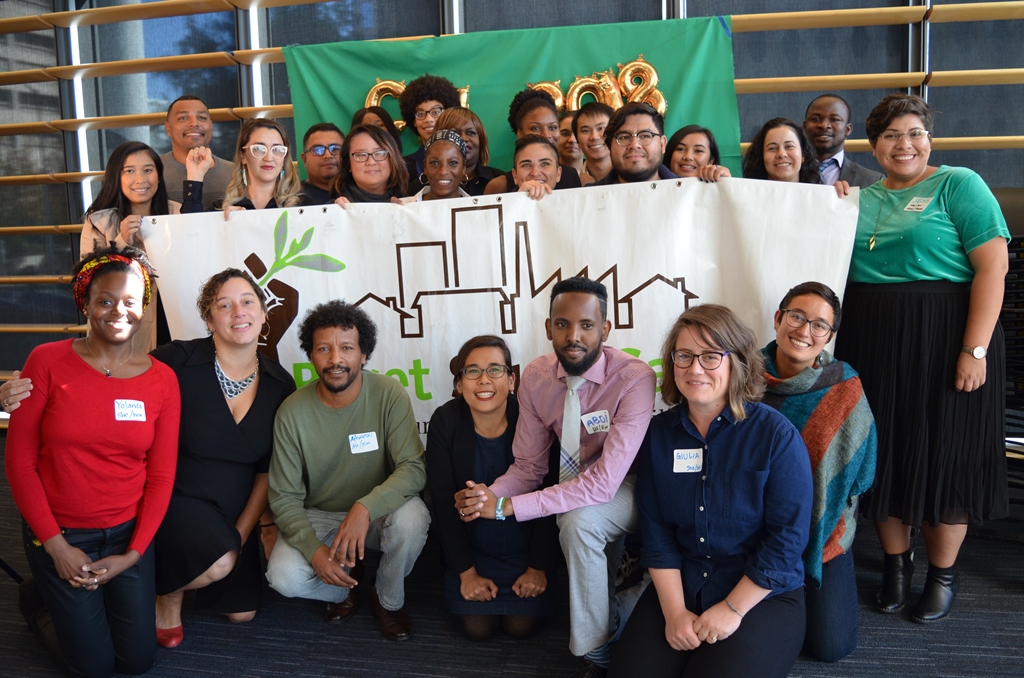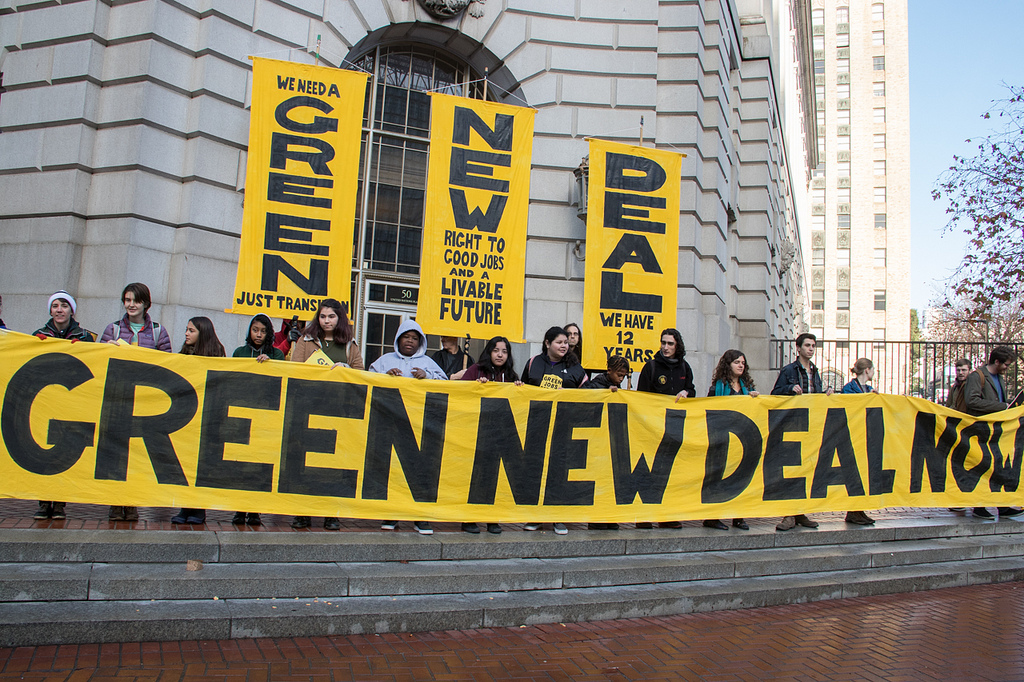An introduction from our Interim Executive Director, Esther Handy
Dear Sage Supporters,
I write to introduce myself as Puget Sound Sage’s Interim Executive Director. What a moment to step into leadership.
First, a bit about how our team is responding in the COVID-19 moment:
-
- Our team is now set up virtually, mastering video-conferencing technology.
-
- We’ve postponed community gatherings, including the graduation of our first Community Real Estate Stewardship Training (CREST) cohort who spent the last year deepening their understanding on community control of land and development.
-
- Our Community Leadership Institute continues to gather virtually, preparing for roles on public boards and commissions, recognizing that these are the leaders that we need now more than ever.
-
- We are connecting with our Graham Street Community Action Team and SouthCORE partners to understand how we can best support them in meeting their communities’ immediate needs. These small community-based networks create resiliency in times of crisis and must be resourced to respond.
-
- We are advocating for swift government action to preserve medical benefits, halt evictions, prevent utility shut-offs and provide emergency income assistance.
-
- We’re sending our love to the incredible grocery workers, bus drivers, healthcare workers and many more who are on the front-lines of this response and recognize their unions helping to keep these workers safe while serving all of us.
During this crucial time, we are inspired by our communities’ response to care for each other and protect the health of the most vulnerable.
We also know the brunt of the economic impact of these public health measures are being borne by those with the least capacity to weather layoffs, business closures and loss of childcare. These are the folks who have been surviving in an economy rigged against them.
While we advocate for immediate safety nets to be put in place, we also have an eye on what comes next:
How will we weather a recession and insist on an economic recovery that shifts assets and power into the hands of Black, Brown and Indigenous communities, women, trans folks and workers?
It is in this context that I join the Puget Sound Sage team. Ever since I was a kid, I have known that community working in partnership with government can improve lives. I grew up in Olympia, the daughter of public servants. My mom was the second woman elected as a Superior Court Judge in our county, winning by a few hundred votes after a summer of grassroots doorbelling with four-year-old-me tagging along.
Over her thirty years of service, I watched her fight to establish a new local court focused on the experiences of families and kids, advocating for mediation systems as an alternative to the courtroom. I watched her listen to and respond to community interest, seeing that it was possible for government to respond to community needs.
 Me (back, right) with Sage’s Equitable Development Policy Analyst Giulia Pasciuto (front, center) participating in Social Justice Fund’s Housing Justice Giving Project.
Me (back, right) with Sage’s Equitable Development Policy Analyst Giulia Pasciuto (front, center) participating in Social Justice Fund’s Housing Justice Giving Project.
When I launched my own public sector career, I knew that community leadership and power was the key to making change.
I have been proud to work alongside Puget Sound Sage in that capacity – first, as staff to Seattle City Councilmember Mike O’Brien, where I collaborated with Sage on winning community campaigns for Priority Hire, $15 Minimum Wage, and the Equitable Development policy. More recently, I advocated for funding for this growing organization as the Deputy Director at Progress Alliance.
As my own analysis about how we make change deepened through these roles, racial justice continues to move to the center. Ten years of community organizing with the Coalition of Anti-Racists Whites (CARW) shaped my understanding of my role as a white woman working with other white people to undo the structural racism that pits our communities against each other to dismantle the whiteness that upholds it and instead find our place in a multi-racial movement for collective liberation. In the past two years, raising my mixed-race Indian-American daughter in the Central District has further anchored me in the fight for a just future – for her, and our family.
My role at Puget Sound Sage is as a steward leader: to clarify our strategic focus, solidify our organizational structure and prepare this women-of-color led organization for permanent leadership in 2021. It is an incredible honor to be here, working alongside some of the best organizers and policy analysts in our region.
Leadership is about achieving purpose in moments of uncertainty. I look forward to working with you, our allies and supporters, to respond to this moment and set the stage for a more just future.
Sincerely,
Esther Handy
Interim Executive Director
Puget Sound Sage








